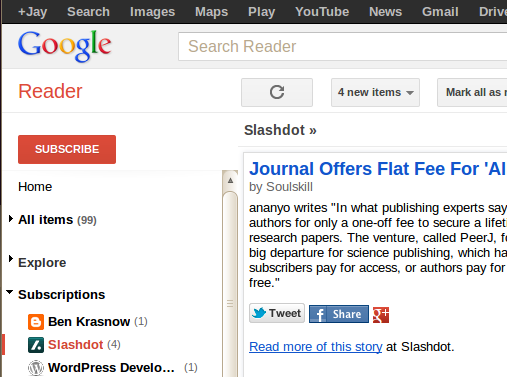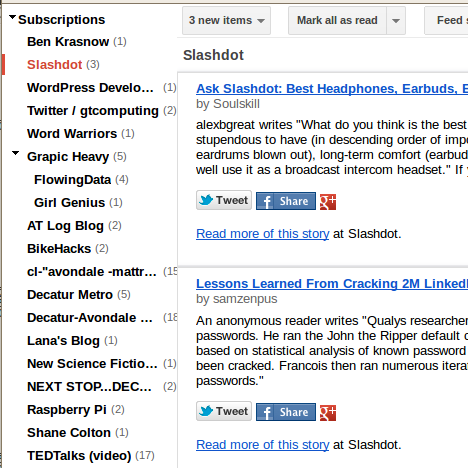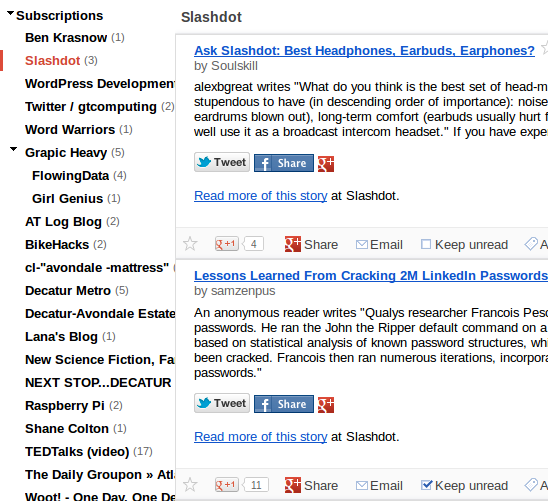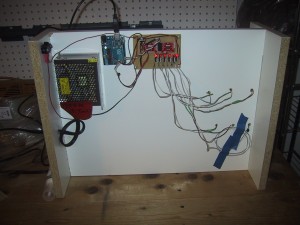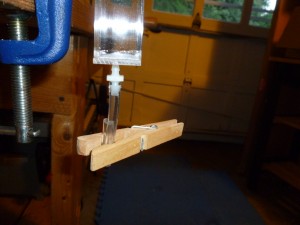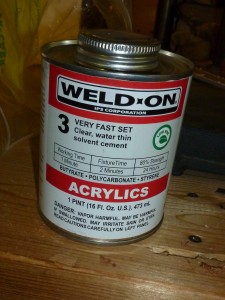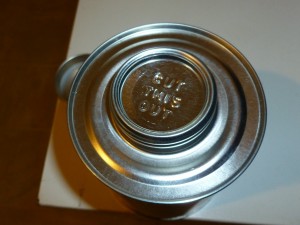The tube on the left is filled with Glycerin. I like how the bubbles float up much slower and are more defined. Also, because the Glycerin has a lot of “micro-bubbles” in it, the light from the RGB LED’s in the bottom of the tube diffuses out of the mixture much more, and gives the whole tube a colored glow effect.
One problem is that if I want to make larger bubbles (than in the video above) I need to increase the size of my nozzle. The current small nozzles will make “separated” bubbles if I run air through them for too long, demonstrated below in this video:
Of course, I had to try making bubbles really fast! (The upper limit in Glycerin is slower than in water…)
Glycerin is relatively safe (msds) as long as you don’t eat it, although it can cause skin and eye irritation if you don’t wash it off. Clean up is easy, as it dissolves in water, but it’s more messy than just plain water, and costs a lot more! Even buying in bulk, it takes $8 worth of Glycerin to fill a 6′ long 1″ square tube!
